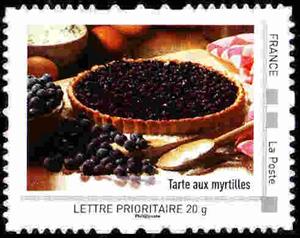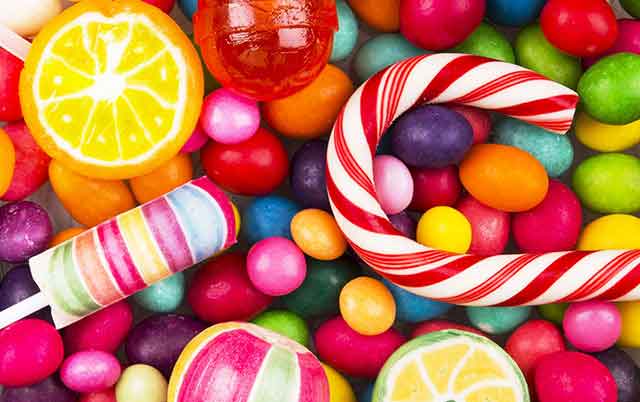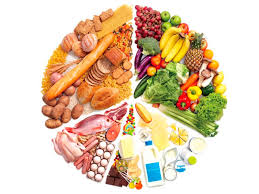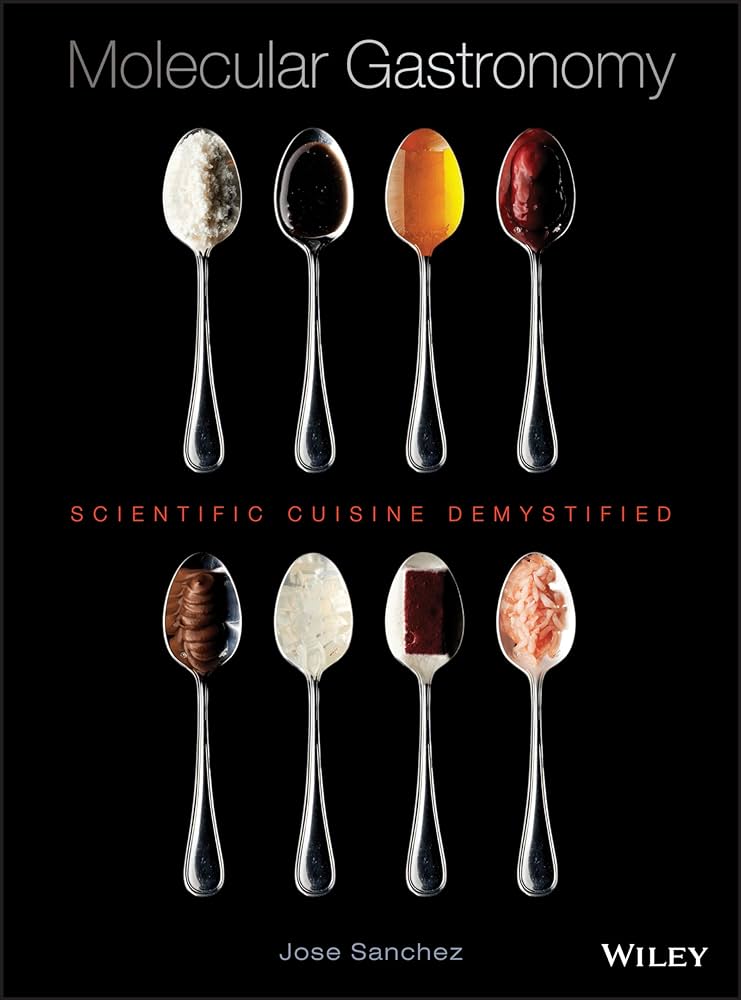Stamp: Franche Comté (France 2010)
Franche Comté (France 2010)
12 June (France ) within release Collector: The France I like (2) Franche Comté goes into circulation Stamp Franche Comté face value PRIORITAIRE No Face Value
| Stamp Franche Comté in catalogues | |
|---|---|
| Yvert et Tellier: | Yt: FR COL-58-04 |
Stamp is square format.
Also in the issue Collector: The France I like (2) Franche Comté:
- Stamp - Franche Comté face value PRIORITAIRE;
- Stamp - Franche Comté face value PRIORITAIRE;
- Stamp - Franche Comté face value PRIORITAIRE;
- Stamp - Franche Comté face value PRIORITAIRE;
- Stamp - Franche Comté face value PRIORITAIRE;
- Stamp - Franche Comté face value PRIORITAIRE;
- Stamp - Franche Comté face value PRIORITAIRE;
- Stamp - Franche Comté face value PRIORITAIRE;
- Stamp - Franche Comté face value PRIORITAIRE;
- Stamp - Franche Comté face value PRIORITAIRE;
Stamp Franche Comté it reflects the thematic directions:
Candy, alternatively called sweets or lollies, is a confection that features sugar as a principal ingredient. The category, also called sugar confectionery, encompasses any sweet confection, including chocolate, chewing gum, and sugar candy. Vegetables, fruit, or nuts which have been glazed and coated with sugar are said to be candied
Food is any substance consumed by an organism for nutritional support. Food is usually of plant, animal, or fungal origin and contains essential nutrients such as carbohydrates, fats, proteins, vitamins, or minerals. The substance is ingested by an organism and assimilated by the organism's cells to provide energy, maintain life, or stimulate growth. Different species of animals have different feeding behaviours that satisfy the needs of their metabolisms and have evolved to fill a specific ecological niche within specific geographical contexts.
In botany, a fruit is the seed-bearing structure in flowering plants (also known as angiosperms) formed from the ovary after flowering. Fruits are the means by which angiosperms disseminate seeds. Edible fruits, in particular, have propagated with the movements of humans and animals in a symbiotic relationship as a means for seed dispersal and nutrition; in fact, humans and many animals have become dependent on fruits as a source of food. Accordingly, fruits account for a substantial fraction of the world's agricultural output, and some (such as the apple and the pomegranate) have acquired extensive cultural and symbolic meanings. In common language usage, "fruit" normally means the fleshy seed-associated structures of a plant that are sweet or sour, and edible in the raw state, such as apples, bananas, grapes, lemons, oranges, and strawberries. On the other hand, in botanical usage, "fruit" includes many structures that are not commonly called "fruits", such as bean pods, corn kernels, tomatoes, and wheat grains. The section of a fungus that produces spores is also called a fruiting body.
Gastronomy is the study of the relationship between food and culture, the art of preparing and serving rich or delicate and appetizing food, the cooking styles of particular regions, and the science of good eating. One who is well versed in gastronomy is called a gastronome, while a gastronomist is one who unites theory and practice in the study of gastronomy. Practical gastronomy is associated with the practice and study of the preparation, production, and service of the various foods and beverages, from countries around the world. Theoretical gastronomy supports practical gastronomy. It is related with a system and process approach, focused on recipes, techniques and cookery books. Food gastronomy is connected with food and beverages and their genesis. Technical gastronomy underpins practical gastronomy, introducing a rigorous approach to evaluation of gastronomic topics




